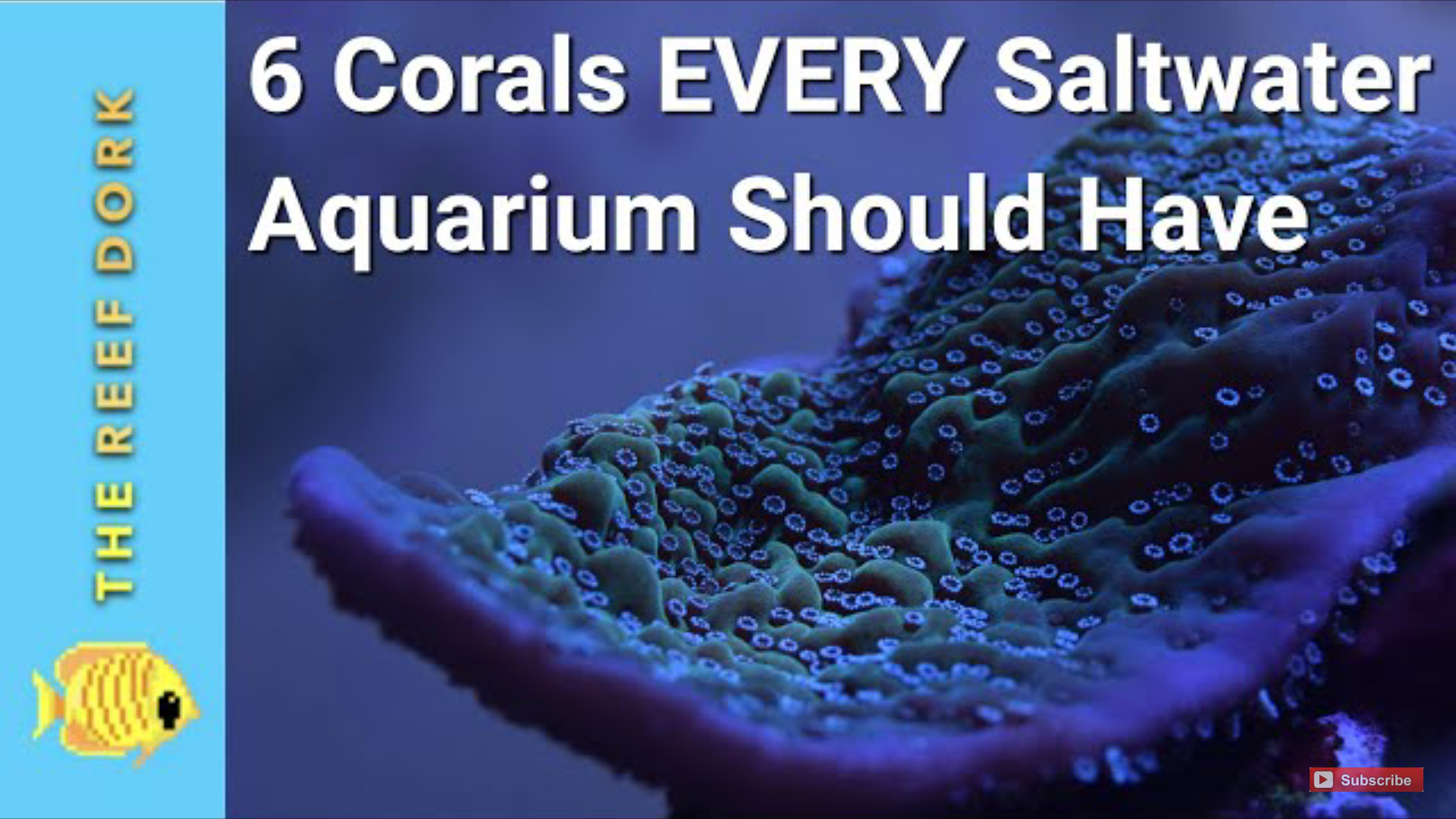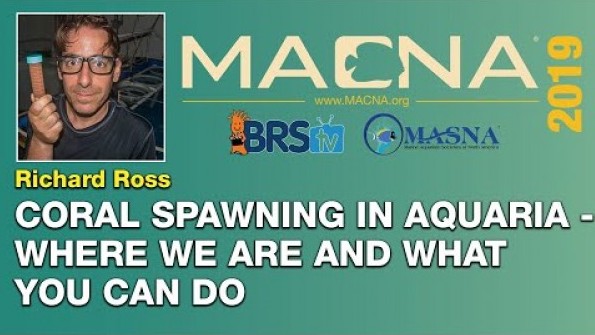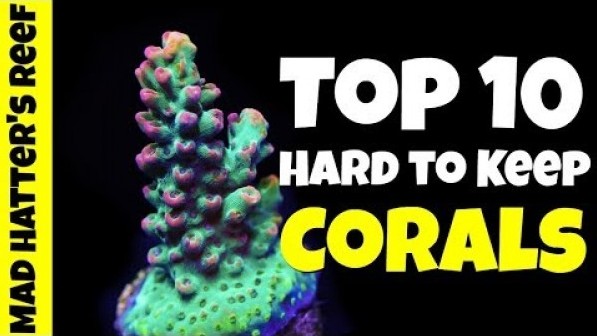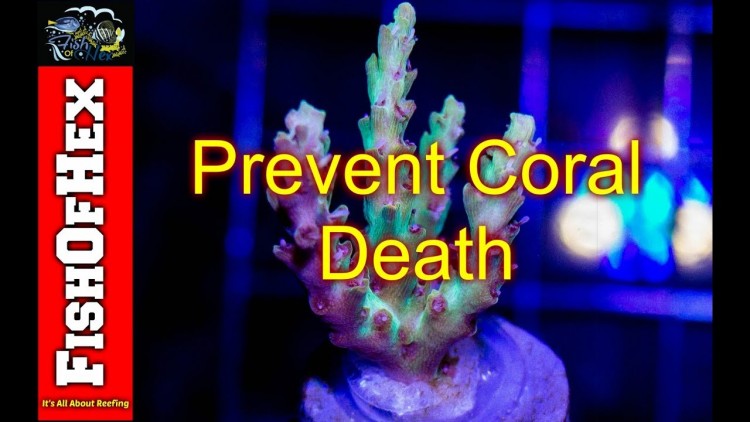- Name:
Holy Grail Acro
(View AKA's) - Family: Acropoidae
- Species: Acropora
- Scientific Name: Anacropora sp
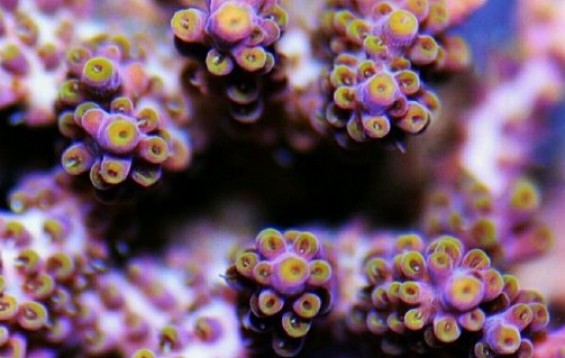

General info about Holy Grail Acro
In general, species from Acropora may grow either as a plate, slender or broad branching type of reef-building corals. Each branch has several colonies that are composed of several corallites. When undisturbed, their polyps will extend. But it will retract and hide inside the pores as a response to water movement or threat by nearby predators. They are common in shallow reefs with good visibility and strong water movement. They are noted as a refuge for small fish.
For the Monster Holy Grail Acro, they have a green branch and violet corallite and polyps. This is the water parameters for cultivating 300 Acropora:
- Calcium: 400 - 450 ppm
- Alkalinity: 3.2 - 4.5 MEQ/L
- Phosphates: 0
- Magnesium: 1350 - 1500
- Strontium: 10
- Temperature: 72° - 78° F (22° - 26° C)
- Salinity / Specific Gravity: 1.024 - 1.025
Holy Grail Acro Diet & Nutrition
Feeding the Monster Holy Grail Acro in captivity with nano-zooplankton once a week is recommended. Do not feed them with copepods, artemia, and other nauplii as they too large for them to ingest. The addition of dissolved organics is also recommended.
Fragging / Propagating Holy Grail Acro
A mature tank is highly recommended in propagating Monster Holy Grail Acro. They require a stable tank condition and that a sudden change could lead to stress and death. They are highly sensitive to temperature, sedimentation, chemical, and environmental change.
Flow / Lighting Requirements for Holy Grail Acro
Monster Holy Grail Acro requires moderate to intense lighting and strong water flow. They are known to stress out in a low light environment and slow water flow.
Caution Should be Taken with Holy Grail Acro
Avoid moving them from place to place as this can cause stress and death.
Monster Holy Grail Acro does not have stinging tentacles. But they have digestive strands like Acontia and Terpins that could be released if they are set to nearby corals. They are specifically aggressive to zoanthids and soft leather corals.
How to Acclimate Holy Grail Acro
Monster Holy Grail Acro should be carefully acclimated. They should be placed in their permanent position immediately after acclimation. It takes 6 months for them to regain normal growth. They are purely marine, therefore, salinity must be maintained thoroughly at 1.023 to 1.025 specific gravity.
Original Detail
| Name | Species | Family | Scientific Name | More Detail | Added by |
|---|---|---|---|---|---|
| Holy Grail Acro | Acropora | Acropoidae | Anacropora sp | In general, species from Acropora may grow either as a plate, slender or broad branching type of reef-building corals. Each branch has several colonies that are composed of several corallites. When undisturbed, their polyps will extend. But it will retract and hide inside the pores as a response to water movement or threat by nearby predators. They are common in shallow reefs with good visibility and strong water movement. They are noted as a refuge for small fish. For the Monster Holy Grail Acro, they have a green branch and violet corallite and polyps. This is the water parameters for cultivating 300 Acropora:
|
PalaciosAn |
Changed by users
| Submitted Date | Submitted By | Status | Action |
|---|


